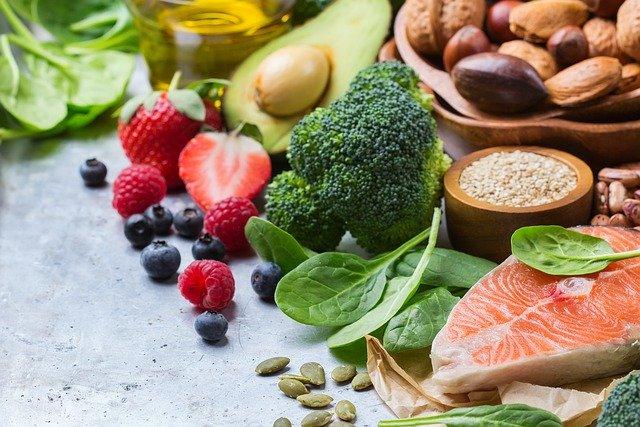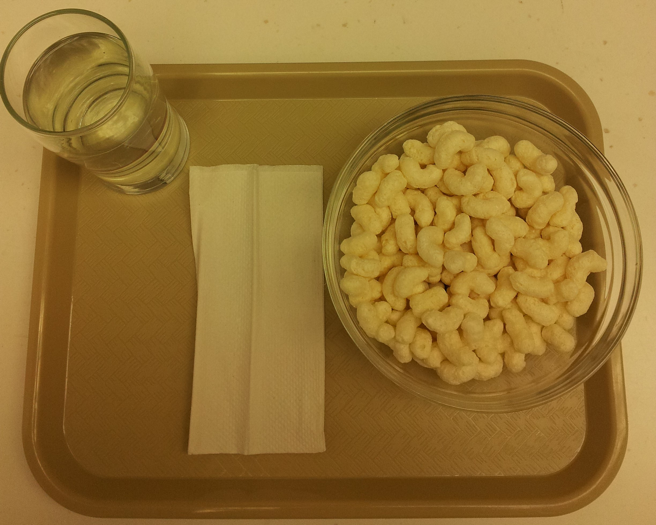
The importance of transparency in research reporting
Transparency is a universal concept that is important in many settings, including research reporting.
Transparent research reporting is critically important for all types of research reports, including nutrition research-related articles published in academic journals (“The strengthening the reporting,” 2021).







